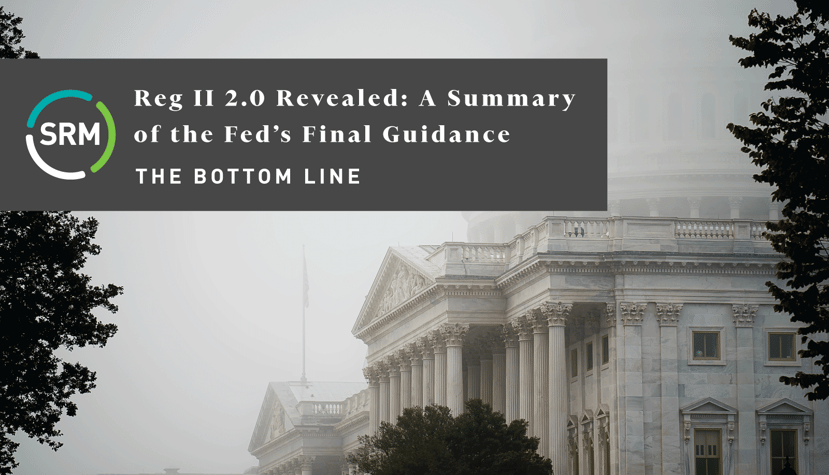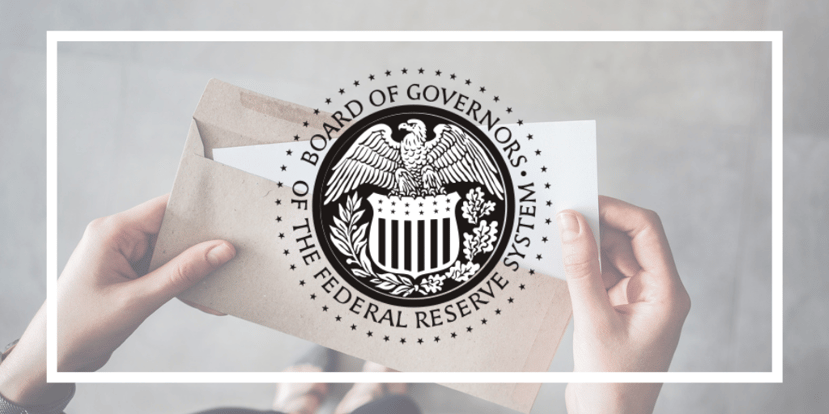
It has been almost a year and a half since the Fed had requested public comment on a “non-substantive” proposed amendment to Regulation II that would 1.) specify that the prohibition on network exclusivity applies to card-not-present debit card transactions, 2.) clarify the responsibility of the issuer to enable at least two unaffiliated networks to comply with the prohibition on network exclusivity, and 3.) standardize and explain the use of certain terminology. The proposal was anything but non-substantive and would have fundamentally altered issuers’ compliance obligations under Durbin. The Fed received more than 2,750 comments, and it has taken nearly a year since the comment period was completed to receive a final ruling. The ruling has finally arrived.



